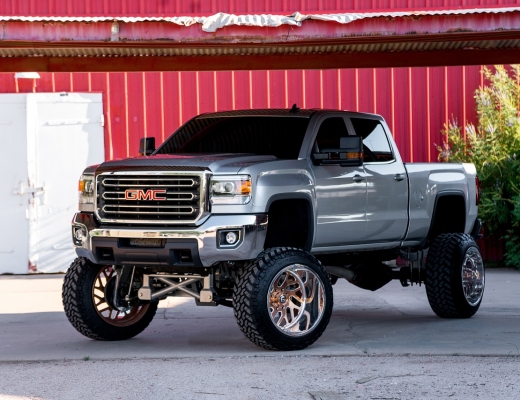At some point, every car owner faces the question: is it worth holding onto this vehicle, or is it time for a change? While minor repairs and regular maintenance are expected costs, there are other, more expensive signs it might be time to let go. If you find yourself facing multiple investments in your car’s aesthetics—like refurbishing alloys, restoring faded interior upholstery, or touching up a deteriorating paint job—these costs can add up quickly. This, along with recurrent repairs, can mean that holding onto the car might not be as economical as buying a new one.
If you’re facing growing maintenance and cosmetic expenses, consider these practical options for replacing your vehicle without straining your budget.
- Sell Your Current Car
One of the first steps to offset the cost of a new car is to sell your current one. Selling privately can bring in the highest value, but it also takes more time and effort. Alternatively, selling to a dealership can be quick and convenient, especially if they offer a trade-in program. Either way, the money from the sale can contribute significantly to your new vehicle’s budget, reducing the overall cost and helping finance the change more affordably.
- Buy an Approved Used Car
If the goal is to drive something that feels fresh and premium but without the brand-new price tag, an approved used car can be an excellent option. Many high-end brands, like Audi, offer “Approved Used” programmes that certify pre-owned vehicles for resale, such as the AUDI approved used cars.
These cars have gone through extensive manufacturer-approved inspections and refurbishments, ensuring they meet a high standard of quality and reliability. This way, you’re purchasing a car with a premium feel and guaranteed performance, often at a fraction of the cost of a new model. Plus, approved used cars often come with warranties, offering peace of mind that you wouldn’t get with a standard second-hand car.
- Lease a Vehicle
For those looking to avoid the hefty one-off payment that comes with purchasing, leasing can be an attractive alternative. With a lease, you pay a monthly fee to use the vehicle for a set period—often two to three years—before returning it. Leasing allows you to drive a new or nearly new car without committing to ownership, making it ideal if you prefer driving newer models with fewer maintenance concerns. Leasing also usually includes maintenance plans, keeping your costs predictable and low over the term. It’s a smart choice if you like the idea of upgrading every few years without taking on the financial responsibility of buying outright.
- Consider a Financing Plan
If purchasing a new or certified used car outright is out of reach, financing options can offer a manageable solution. Many dealerships and banks provide car loans with flexible terms that allow you to spread the cost over several years. With this method, you can afford a vehicle that might otherwise be outside your immediate budget. Financing gives you immediate access to a premium model without a full upfront cost.
Replacing your car doesn’t mean breaking the bank. By evaluating these practical options—selling your car, buying certified used, leasing, or opting for a financing plan—you can find a solution that suits both your lifestyle and budget.




